
How can we raise Female Labour Force Participation in India?
- By Jaishri Rai and Paritosh Pathak
- August 31, 2020
Share This Story
India is running out of time to capitalize on the demographic dividend. Declining Female Labour Participation (FLP) in the workforce is a cause of concern. As per data suggested by International Labour Organization (ILO) and Ministry of Statistics and Program Implementation (MoSPI), India lags behind many African and Asian countries in terms of FLP in the workforce. To add to the sorrow, COVID-19 has negatively impacted the employment.
India is the land of thousands of gods and goddesses where women are worshiped and various traditions and festivals celebrate womanhood. When a woman opts for domestic duties over her career, she brings multiple social and cultural benefits and stability to society. However, the contribution of women in the economy has generally been ignored. The role and participation of women as the economic workforce has mostly been limited. The Periodic Labour Force Survey 2017-18 reports that the FLP Rate has declined from 33.1% in 2011-12 to 25.3% in 2017-18, thus recording a decline by 7.8%. Further, Figure 1 records that the Female to Male Labour force participation ratio is 34.5% for India- most countries have a more favorable participation of women in the workforce. How can we fix this?

Figure 1: Ratio of female to male labour force participation rates (%), 2017| Source- World Bank
A. Recognition
Recognizing women’s contribution to their families, offices, and economic activity would be very important for Women’s Empowerment; even acknowledging their contribution in the care economy would be a very positive step.
A Quantum Leap for Gender Equality, a report by the ILO, identifies unpaid care work as the most significant impediment in women's formal employment as it involves 21.7% of women between 18-54 years of age, against 1.7% of men. NITI Aayog reports that globally, women invest three times more time on unpaid care work than men. Not surprisingly, in India, women spend 9.8 times more time than men on unpaid work.

Figure 2: Comparison of unpaid work performed by men and women in some countries.
B. Socialization
Male dominance in decision making is deeply ingrained into ordinary psychic. Upbringing decides enforcement of work division; toys in childhood to room make-over and the pampering, everything shapes a woman for the future.
A woman is often found to be burdened more than a man in terms of the expectations related to tradition and religious practices. Though less widely discussed, the number of hours given to such activities can be a large part of the day. The attached social stigmas related to working outside are an important barrier that women must overcome before working.
B. Sexual Harassment- Pride and Prejudices
A report by the National Crime Record Bureau (NCRB) reports 3.59 Lakh registered cases in 2017 wherein women faced sexual harassments. Safety issues can drive career choices and work participation decisions for women. The correlation between school dropout and absenteeism among adolescent girls is widely documented. Pregnancy and menstruation and the stigmas attached to it put women at a further disadvantage.
IMF calculates that equal participation of female workforce can raise India's GDP by 27%. Our society needs to find ways to integrate the needs of modern workplaces with traditional homes. Pushing for increased women’s participation in work will not only fuel economic growth, but it can also address long-pending problems related to inequity, poverty and marginalization.
Reference:
1. Labour Force Participation Rate: https://data.worldbank.org/indicator/SL.TLF.CACT.FE.ZS?locations=CN&most_recent_value_desc=false
2. Annual Report, Periodic Labour Force Survey https://data.worldbank.org/indicator/SL.TLF.CACT.FE.ZS?end=2019&locations=IN&start=1990&view=chart
3. Care Economy, uncharitable to women https://www.thehindubusinessline.com/opinion/columns/care-economy-uncharitable-to-women/article29619795.ece
4. 'Correlates of school dropout and absenteeism among adolescent girls from marginalized community in north Karnataka, south India' https://www.sciencedirect.com/science/article/pii/S0140197117301483
5. Decline in Rural Female Labour Force Participation in India: A Relook into the Causes https://niti.gov.in/writereaddata/files/document_publication/Decline%20in%20Rural%20Female%20Labour%20Force%20Participation%20in%20India.pdf
6. Cases of Sexual Harassment including Sexual Harassment at Workplace https://pib.gov.in/Pressreleaseshare.aspx?PRID=1563588
7. Working women: Key facts and trends in female labour force participation https://ourworldindata.org/female-labor-force-participation-key-facts
8. FACTORS CONTRIBUTING TO SCHOOL DROPOUT AMONG THE GIRLS: A REVIEW OF LITERATURE S authored by M. Shahidul A. H. M. Zehadul Karim https://www.idpublications.org/wp-content/uploads/2015/02/FACTORS-CONTRIBUTING-TO-SCHOOL-DROPOUT-AMONG-THE-GIRLS.pdf
9. Children in India 2018 Report of Ministry of Statistics and Program Implementation http://www.mospi.gov.in/sites/default/files/publication_reports/Children%20in%20India%202018%20%E2%80%93%20A%20Statistical%20Appraisal_26oct18.pdf






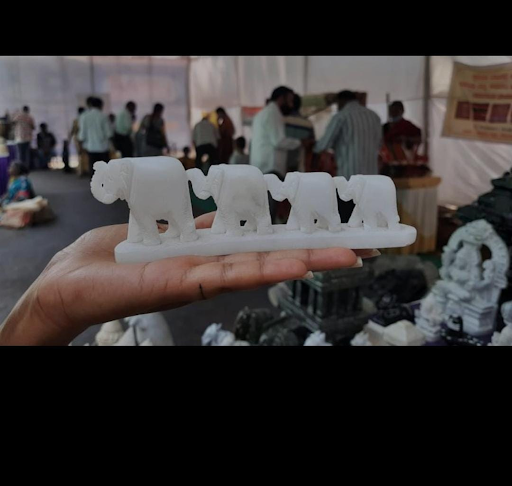




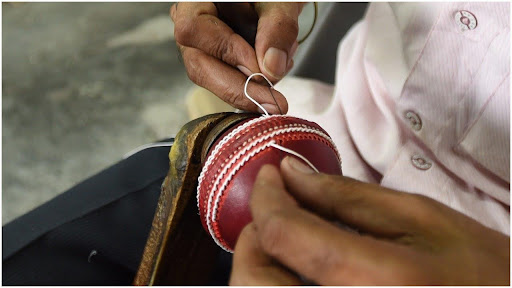



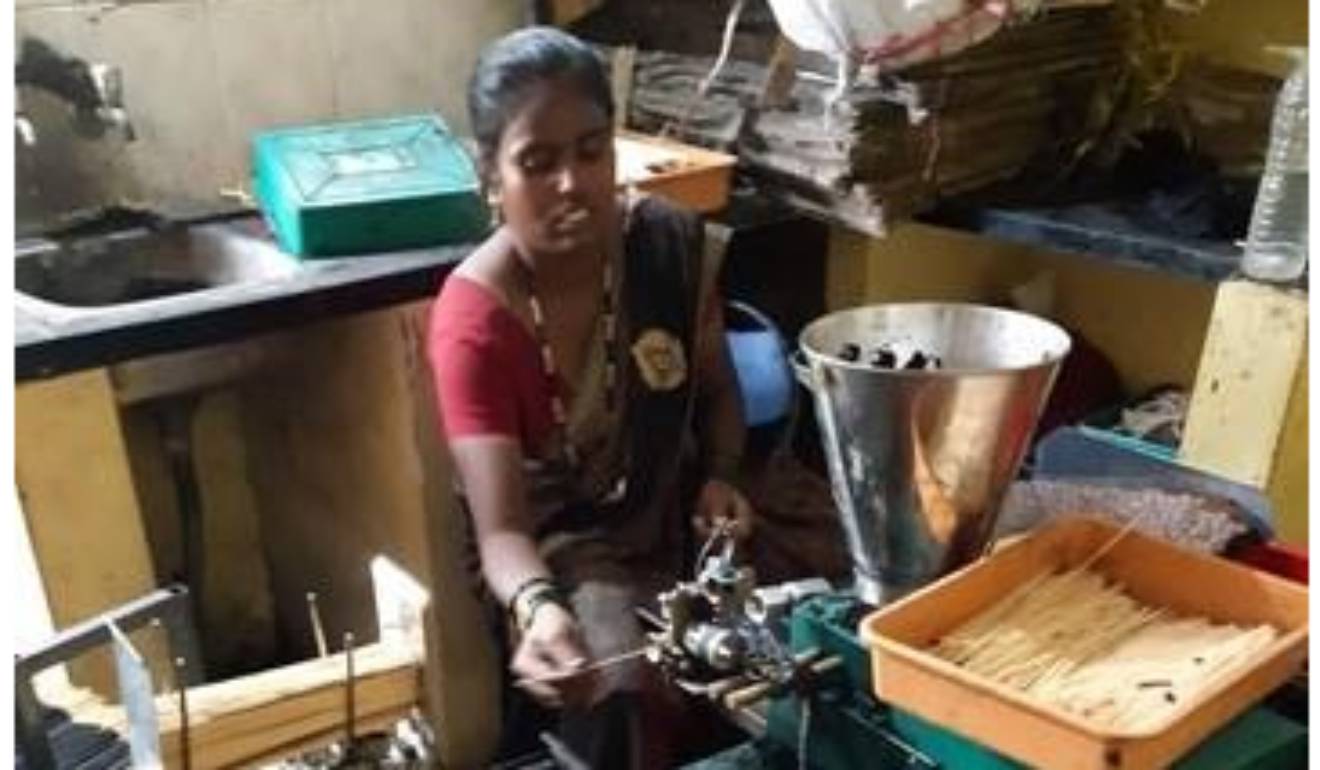











































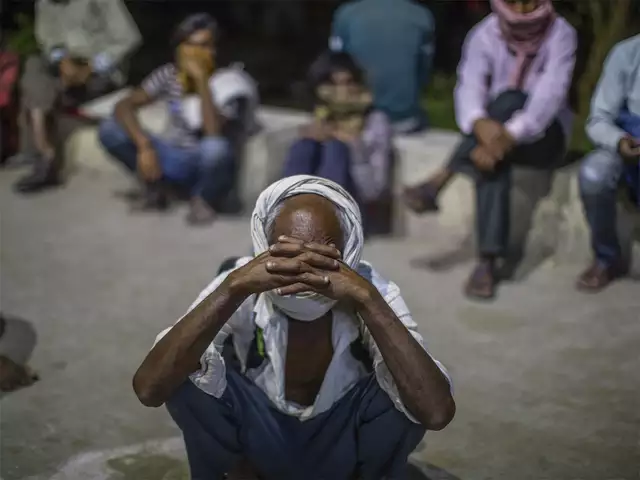













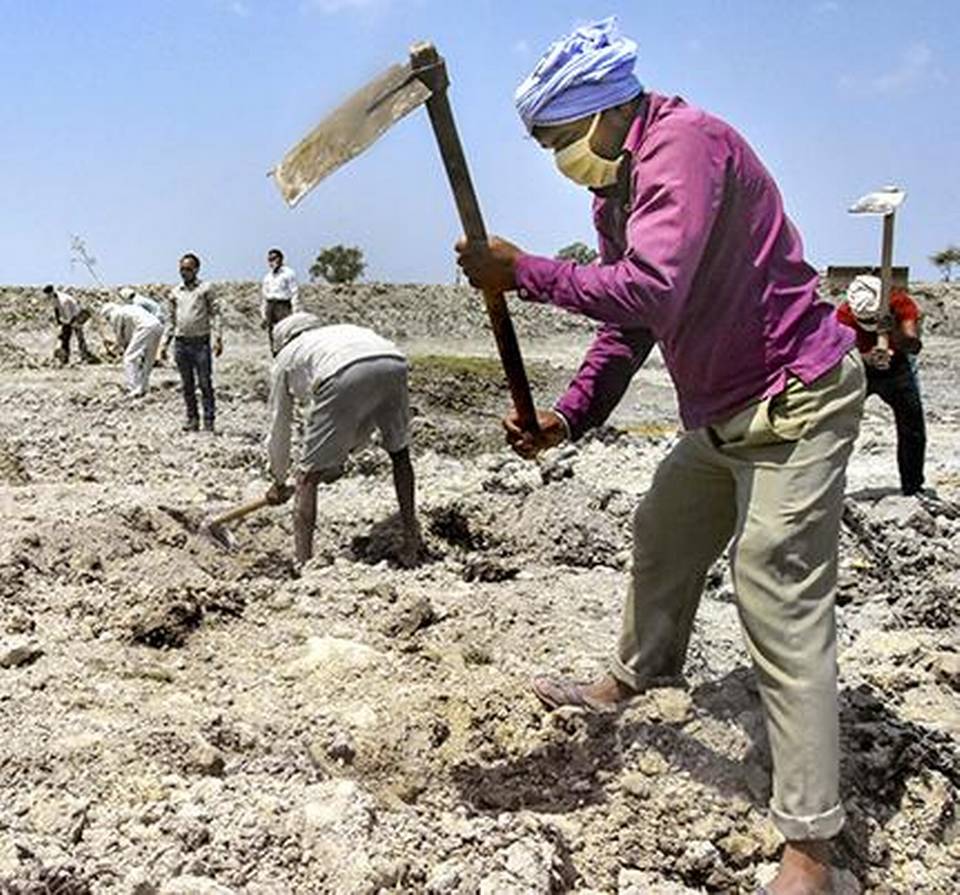

Jaishri Rai
Paritosh Pathak